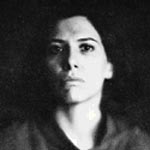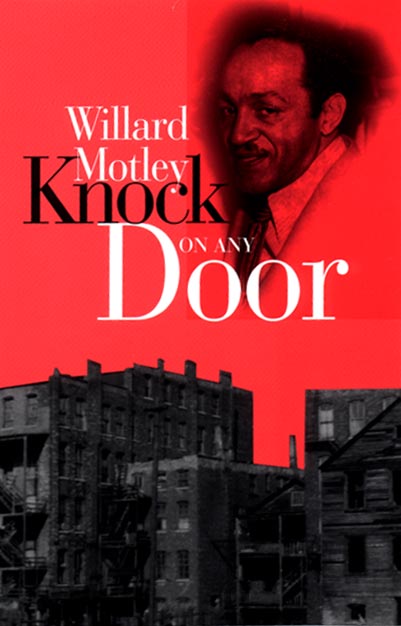At Mount Sinai:
Art Theory for Yom Kippur
From the New York Times of Sunday, October 5, 2003 (the day that Yom Kippur begins at sunset):
“Rabbi Ephraim Oshry, whose interpretations of religious law helped sustain Lithuanian Jews during Nazi occupation…. died on Sept. 28 at Mount Sinai Hospital in Manhattan. He was 89.”
For a fictional portrait of Lithuanian Jews during Nazi occupation, see the E. L. Doctorow novel City of God.
For meditations on the spiritual in art, see the Rosalind Krauss essay “Grids.” As a memorial to Rabbi Oshry, here is a grid-based version of the Hebrew letter aleph:
|

Rabbi Oshry
|

Aleph
|
Click on the aleph for details.
“In the garden of Adding,
Live Even and Odd….”
— The Midrash Jazz Quartet in
City of God, by E. L. Doctorow
Here are two meditations
on Even and Odd for Yom Kippur:
Meditation I
From Rosalind Krauss, “Grids”:
“If we open any tract– Plastic Art and Pure Plastic Art or The Non-Objective World, for instance– we will find that Mondrian and Malevich are not discussing canvas or pigment or graphite or any other form of matter. They are talking about Being or Mind or Spirit. From their point of view, the grid is a staircase to the Universal, and they are not interested in what happens below in the Concrete.
Or, to take a more up-to-date example, we could think about Ad Reinhardt who, despite his repeated insistence that ‘Art is art,’ ended up by painting a series of black nine-square grids in which the motif that inescapably emerges is a Greek cross. There is no painter in the West who can be unaware of the symbolic power of the cruciform shape and the Pandora’s box of spiritual reference that is opened once one uses it.”
Meditation II
Here, for reference, is a Greek cross
within a nine-square grid:

Related religious meditation for
Doctorow’s “Garden of Adding”…
4 + 5 = 9.




































